
You encounter a lot of variety while shopping for coffee beans — different beans have different characteristics that give them their flavor. Perhaps the most commonly known is the Arabica coffee.
There are more than 100 different coffee species in existence today, however, the most popular are Caffea Arabica (also known as Arabica) and Caffea Canephora (Robusta). Between these top two species, Arabica is still more frequently consumed and makes up 70 percent of all the world’s production.
Before you dive into your next cup of Arabica coffee, check out these interesting facts about what contributes to it its delicious flavor.
History of Arabica Coffee
 Arabica Coffee History
Arabica Coffee History
Dating back to about 1,000 B.C. in what is now Ethiopia, the Oromo tribe would crush Arabica coffee beans and mix them with fat to form small balls that were consumed for a boost in energy — much like we do today.
The Arabica bean got its name when it arrived in lower Arabia around the 7th century, and historical writings describe Arab scholars brewing coffee in order to work longer hours. As coffee making continued to be reinvented throughout Yemen, Egypt, and Turkey, it eventually made its way all around the world.
How does Arabica coffee grow?
 Optimal growth conditions for Arabica coffee beans
Optimal growth conditions for Arabica coffee beans
Like all crops, different species of coffee require different environments for them to thrive in. Arabica coffee beans require a higher elevation that also contributes to their complex flavor and acidity — which also impacts the taste. These premium characteristics come at a cost to their growers in a sense — as increasing the elevation also slows the growth which can have an impact on the production and cost.
Compared to Robusta coffee, Arabica coffee can take twice as long to grow. And similarly, Arabica coffee trees can take from five to seven years to become fully mature, while Robusta coffee trees take about half as long.
While Arabica coffee grows better in higher altitudes, it can also survive low temperatures (although not frosting). Arabica coffee trees will grow fragrant white flowers that smell like jasmine two to four years into their growth; and when they’re pruned they also grow deep red colored berries with a pair of beans at their center.
What gives Arabica coffee its flavor?
 Flavor of Arabica Coffee
Flavor of Arabica Coffee
Sometimes called the “merlot of coffees,” Arabica coffee is highly regarded for its mild taste that’s often described as being light and airy with flavors that are reminiscent of flowers, fruit, or caramel. Its superior taste often makes Arabica coffee beans on the more expensive side compared to other coffees.
On the opposite end of the spectrum, Robusta coffee is known to contain twice as much caffeine and chlorogenic acids than Arabica — which has an impact on the flavor. Robusta coffee is characterized as being more bitter, woody, or leathery because of the higher level of caffeine and chlorogenic acids. Although these qualities don’t seem like the most desirable, they are also known to help the Robusta coffee tree be more resistant against pests and insects. Unfortunately, Arabica coffee bean trees end up being more susceptible to damage from pests for this reason.
Arabica coffee beans taste better because they have almost 60 percent more lipids and twice the amount of sugar as Robusta beans. These qualities not only affect the flavor but also the aroma and body of the coffee. The sweetness of the bean not only makes the coffee taste better but also gives it a better mouthfeel and lessens the bitterness, leaving you with just the light and airy goodness.
Additionally, because Arabica coffee bean trees cross-pollinate, this also enhances its flavor. Through cross-pollination, the plants come in more variety, which can create coffee beans of different sizes and types, which will also impact their flavor. While giving way to more variety, self-pollination also ensures that there are fewer mutations within the beans, which will create a more consistent flavor across the beans being produced.
What do Arabica coffee beans look like?
 Arabica Coffee Beans and Robusta Coffee Beans
Arabica Coffee Beans and Robusta Coffee Beans
Another big difference between Arabica coffee beans and Robusta coffee beans is the way that they look. Arabica beans are larger and have more of an oval shape, while Robusta beans are typically smaller and more round. When it comes to the size and shape of beans, that doesn’t have much impact on the taste, but mostly serve as an easy way to identify the two different types of beans.
When it comes to coffee, the most appealing factor is the vast variety of flavors that you stumble upon. Whether you’re an adventurous coffee drinker that likes to take your chance but blindly ordering off a menu, or someone that’s taking a more careful approach, there’s really no wrong way to drink coffee. Nevertheless, the more you know, the more you’ll be taking fewer risks when you order a cup of Joe without knowing what to expect.
Now that you know all about Arabica coffee, you can make better, more informed coffee drinking decisions that you can feel confident in.


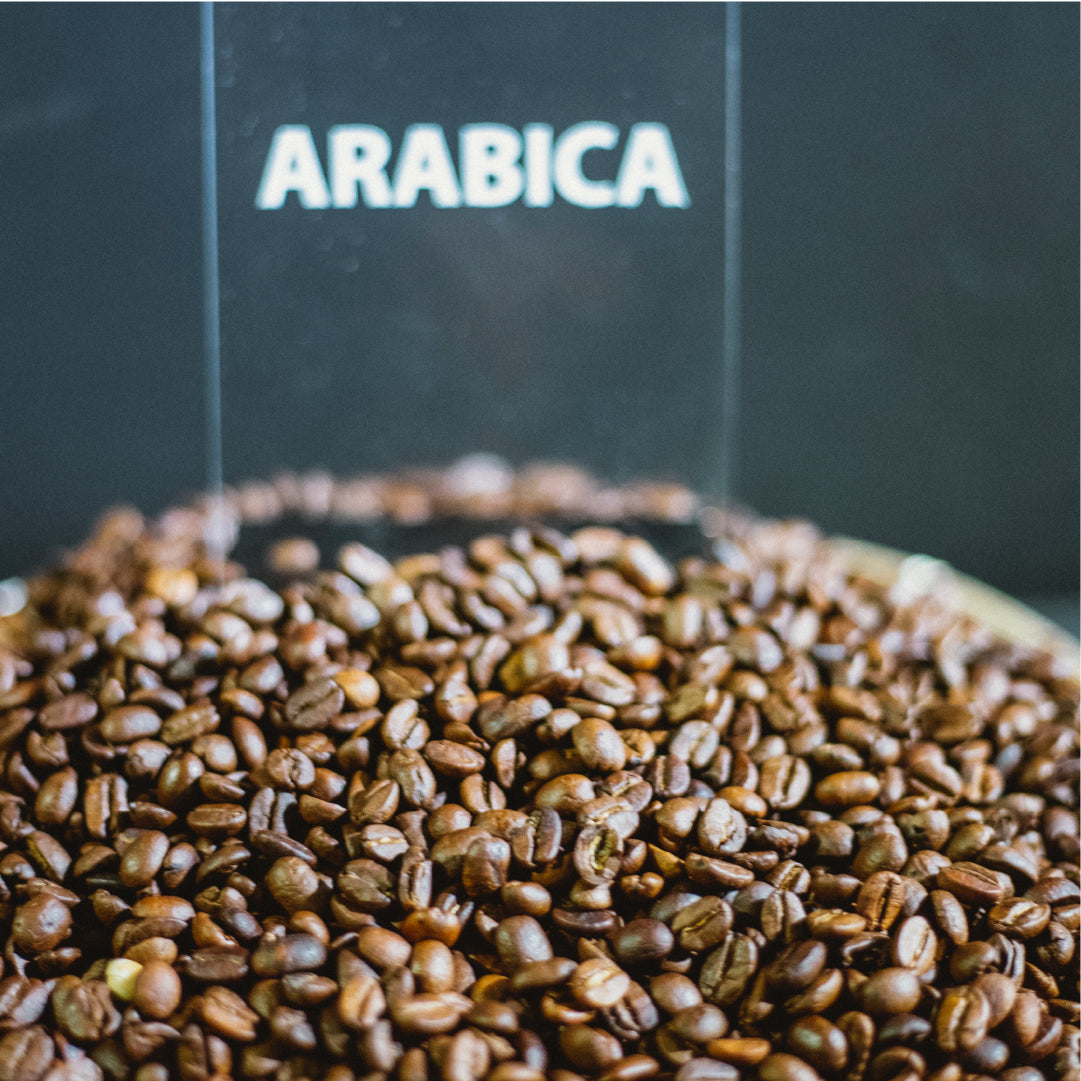
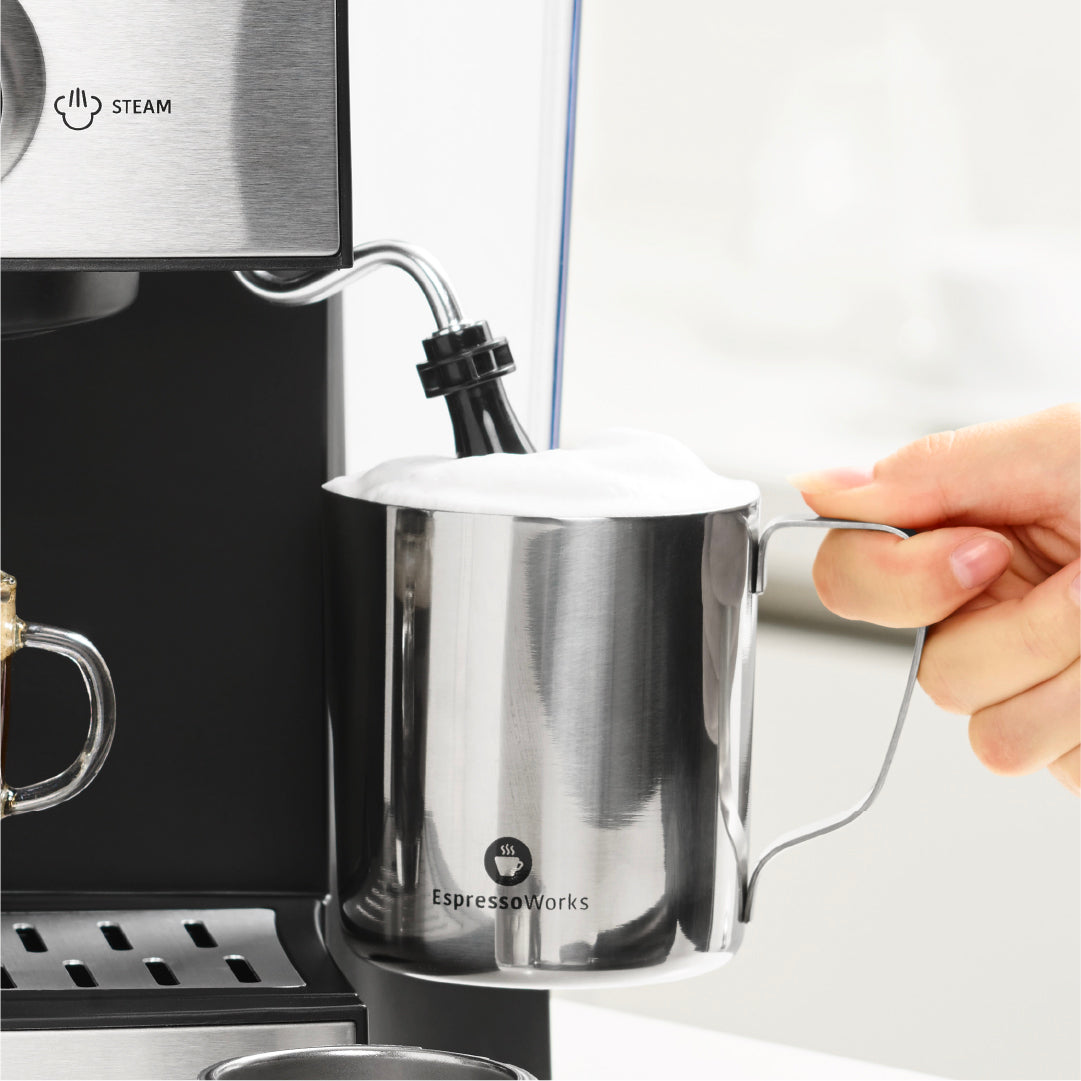
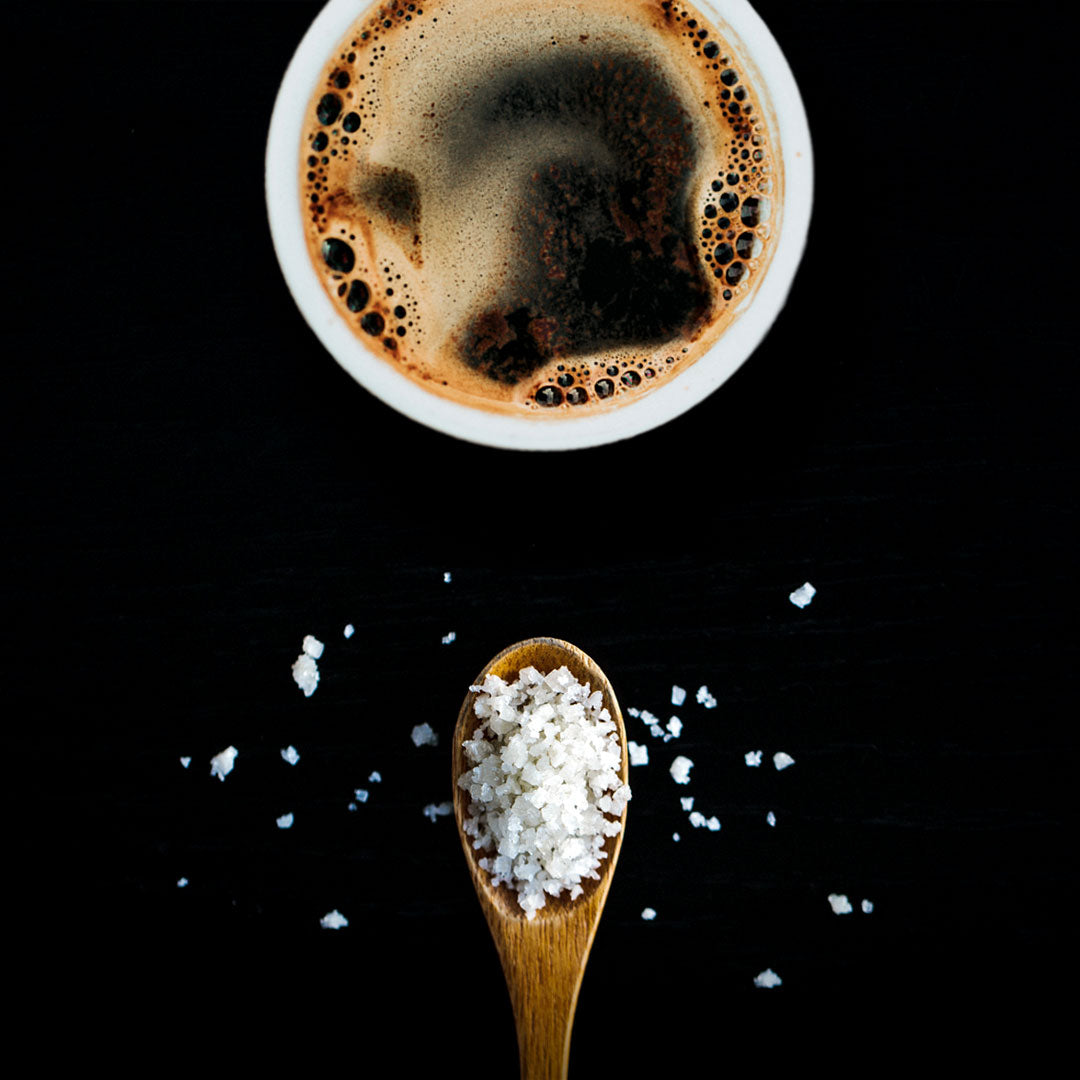
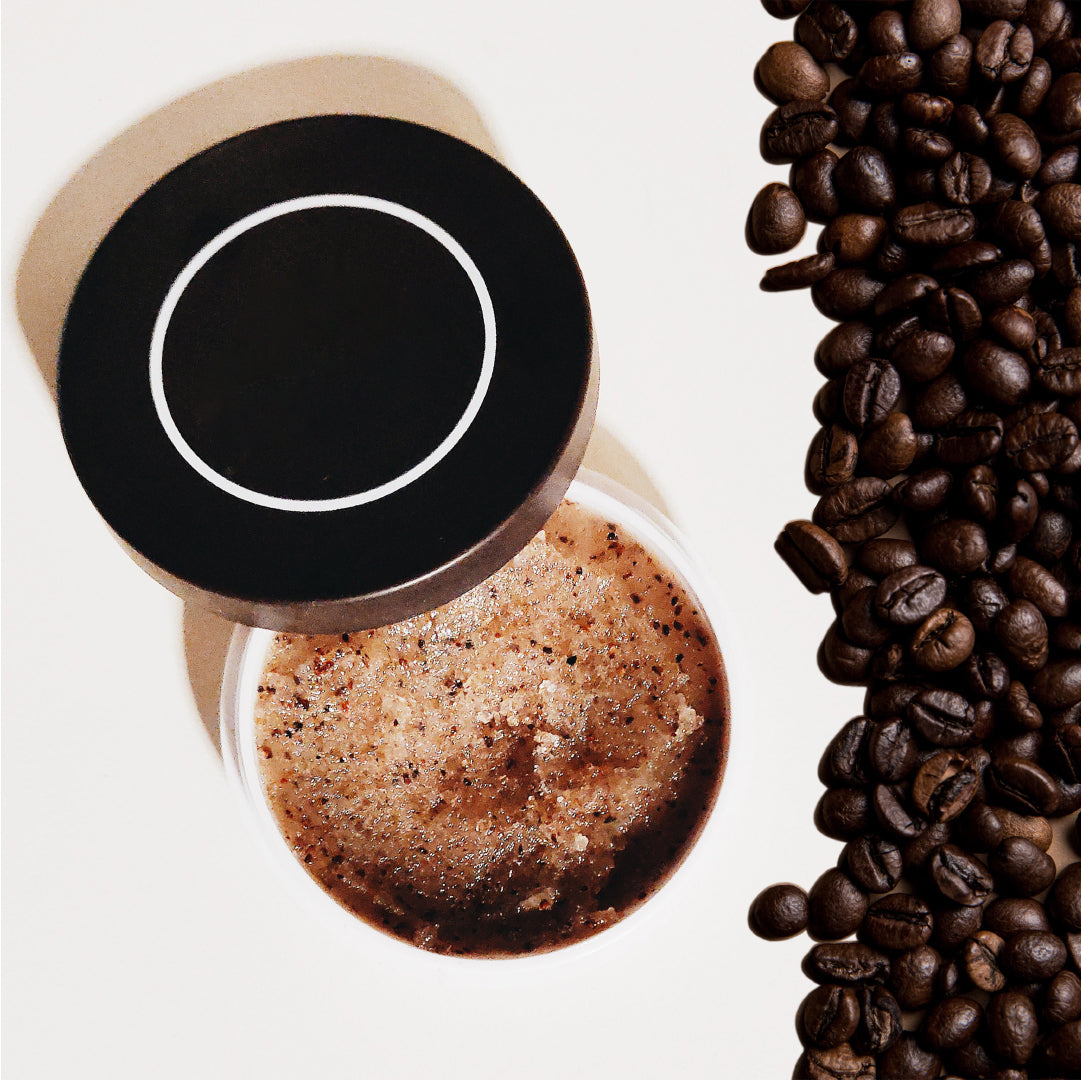

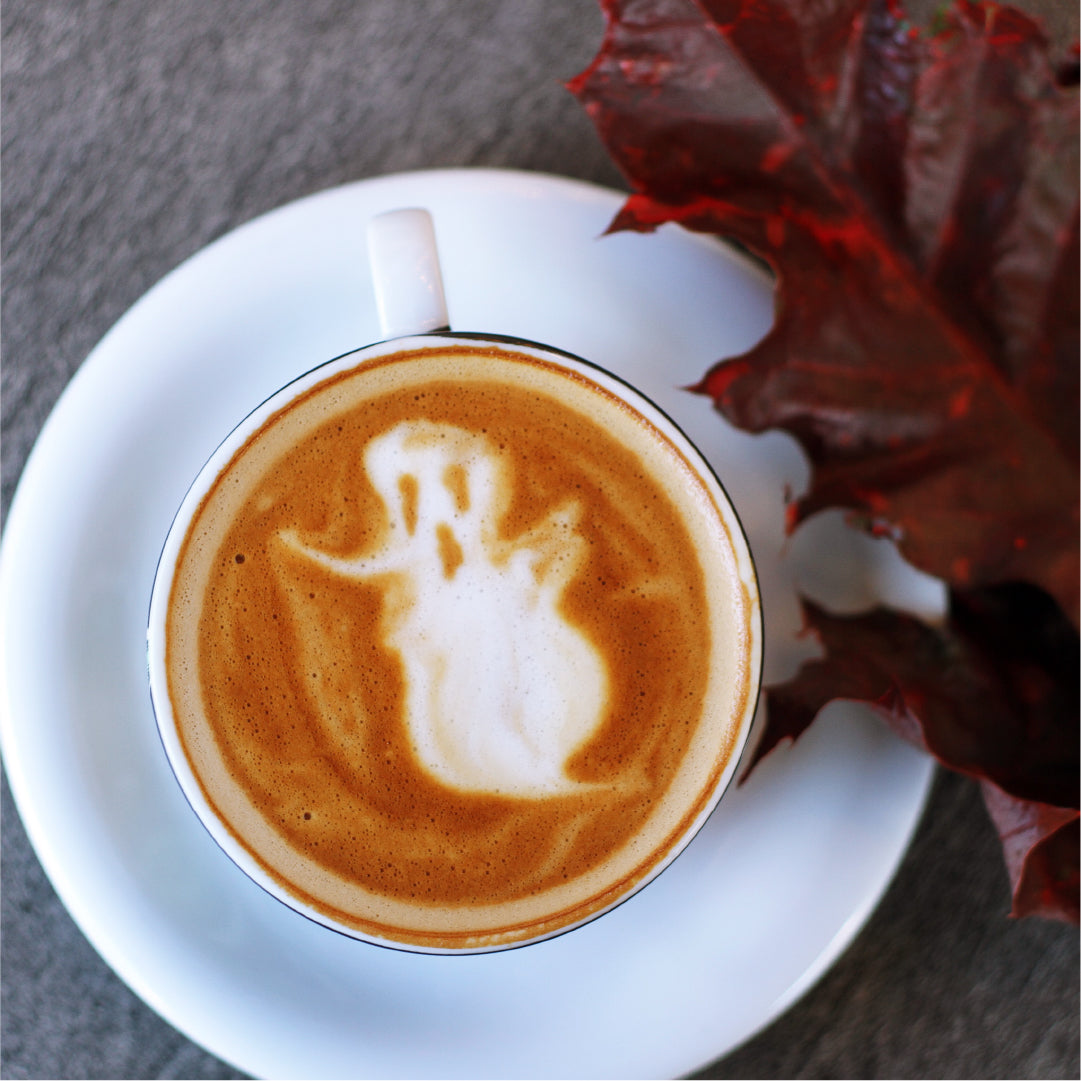
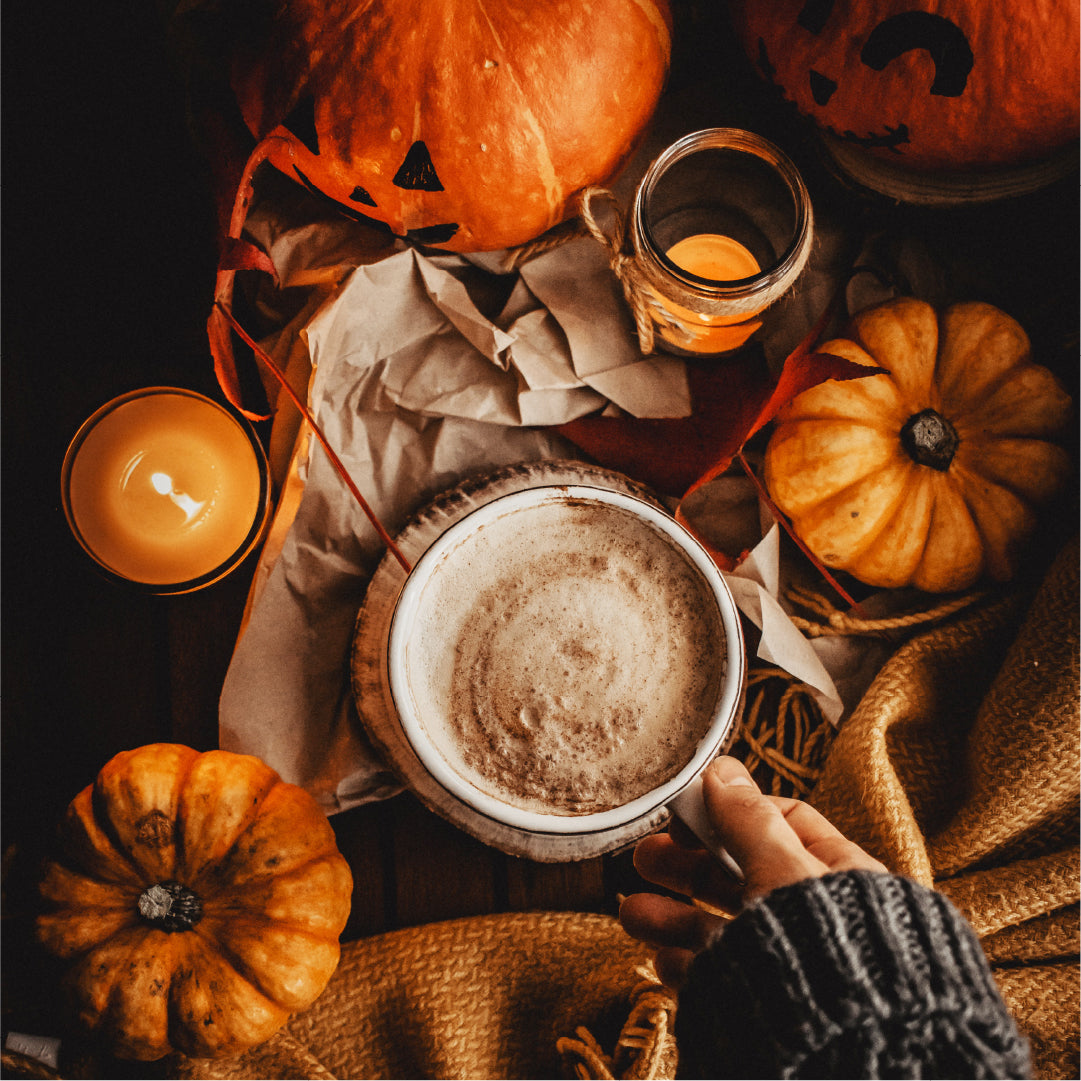
Share:
Get to Know the Espresso Martini
Homemade Hot Chocolate Recipes